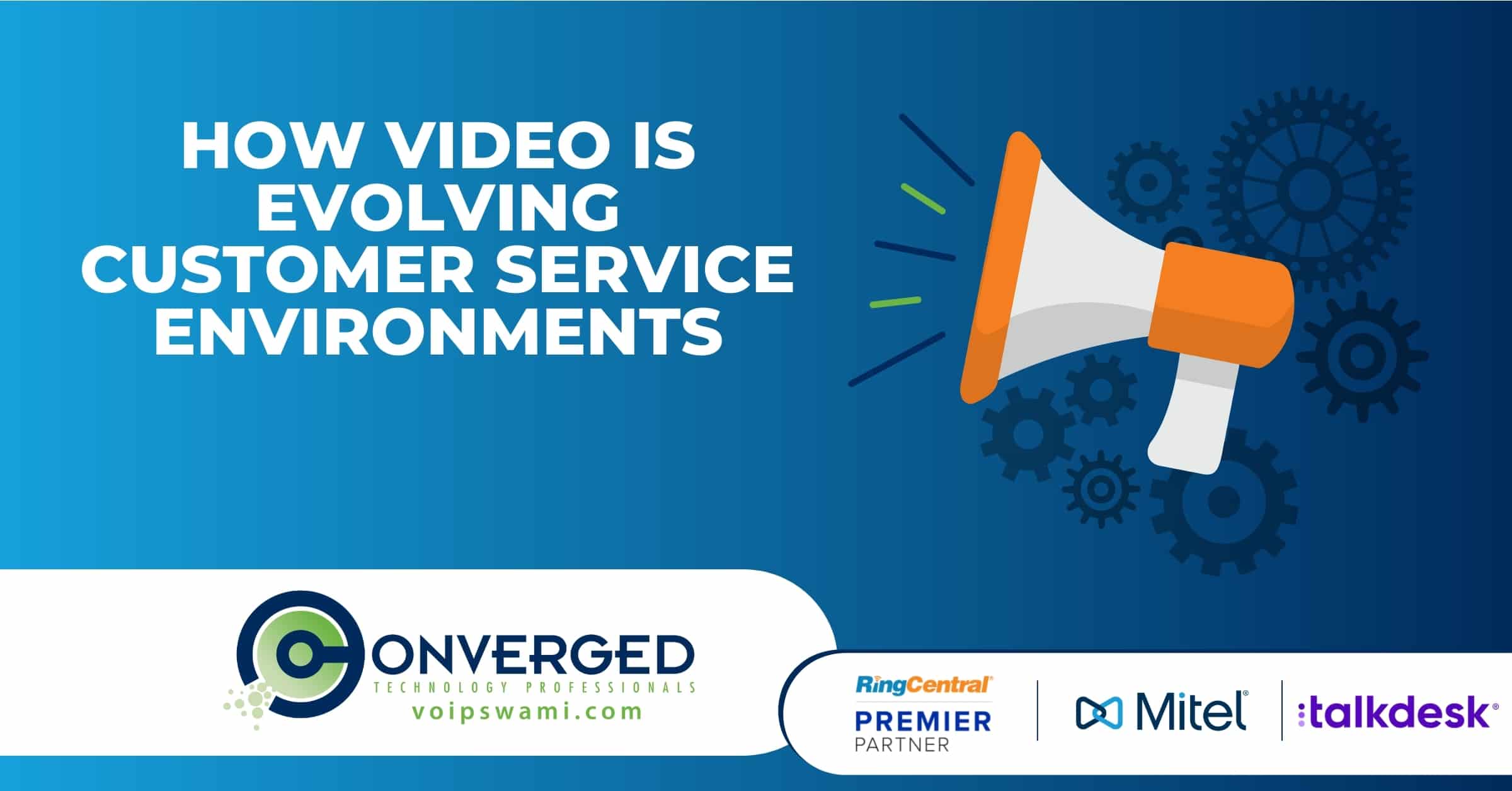.jpg?sfvrsn=efb32988_1)
There's a growing trend in the way we communicate that's overtaking voice calls, text and even direct messaging. Video chat has experienced substantial growth amongst users since it allows them to feel a deeper level of connection on a human and emotional level.
In a contact center environment, the rise of video chat is perhaps even more important while consumers search for brands that provide personalized interactions and make their customers feel valued. Integrating video chat options serves as another opportunity to meet customers where they are and improve the customer experience. We’ve laid out the four main benefits of video chat below to help you see how it’s evolving customer service environments.
Better Employee Engagement
In recent years, video conferencing has become a critical business tool that improves engagement, facilitates discussions, and fosters decision-making among virtual teams. In a recent survey, 87% of remote employees said they feel more connected with their teams and projects when using video conferencing. That’s because video is an excellent substitute for in-person transactions for teams working remotely or in the field. It brings co-workers together to collaborate in ways that are just not possible via phone or text.
A big part of video engagement also comes from the time we currently live in. The COVID-19 pandemic made video the go-to method of staying connected with friends and family at home, so there’s an instant familiarity within the business world as well. Customer service environments have seen team leaders adopt video meetings on their own across multiple platforms and pushing to unify those channels within their companies.

Faster Customer Resolutions
With video contact center software, agents can remove a large part of the guesswork out of troubleshooting by physically seeing what customers are experiencing firsthand. Agents are able to walk the customer through troubleshooting steps, offer more precise technical support and ultimately provide higher levels of service with quicker response times.
For instance, our client Echo Incorporated implemented video chat for troubleshooting their customer’s lawn equipment. They could physically walk the customers through simple testing and repairs by looking at the equipment remotely and make suggestions on common fixes such as tuning a carburetor or tightening a belt. Video saved time and customer frustration by allowing agents to address problems directly.
Boost Self-Help & Engagement Levels
Self-help has also been a huge topic of conversation lately as businesses search for ways to let consumers solve common problems without reaching out for help. One recent survey found that 68% of people would rather watch a video to solve a problem instead of getting in touch with the business’s support team. This has been accomplished by expanding FAQ and help sections of their website with video tutorials that offer simple walkthroughs broken down into hundreds of specific areas.
Some businesses are taking that concept a step further as well by training agents to record typical walkthroughs of actual customer help calls, then making those videos available in an online repository. Callers are then notified early in calls or chats that self-help is available, which ultimately reduces daily call volumes for customer service agents.
Improve Training Proficiency
Pre-recorded, self-service videos aren't just for customers. A large knowledge base is also highly beneficial for agents regardless if they are just starting out or have been with the company for years. Workers are more likely to seek additional training if they can receive it when it’s convenient, on their own terms, through self-study with company resources. This benefits everyone involved from customer service supervisors to veteran agents to new hires as well since it makes the learning process more efficient.
A side benefit of enhanced training proficiency in contact center environments is combating inherently high turnover rates within the industry. Companies spend a small fortune training and retraining their talent every year, largely because specializations within the company demand higher levels of specific knowledge and skills. Recorded video training sessions give agents better tools to improve their skillsets without feeling like they’re falling behind.
If you’re thinking about integrating video chat into your contact center environment, feel free to reach out to learn more
If you enjoyed this article you may also enjoy:
